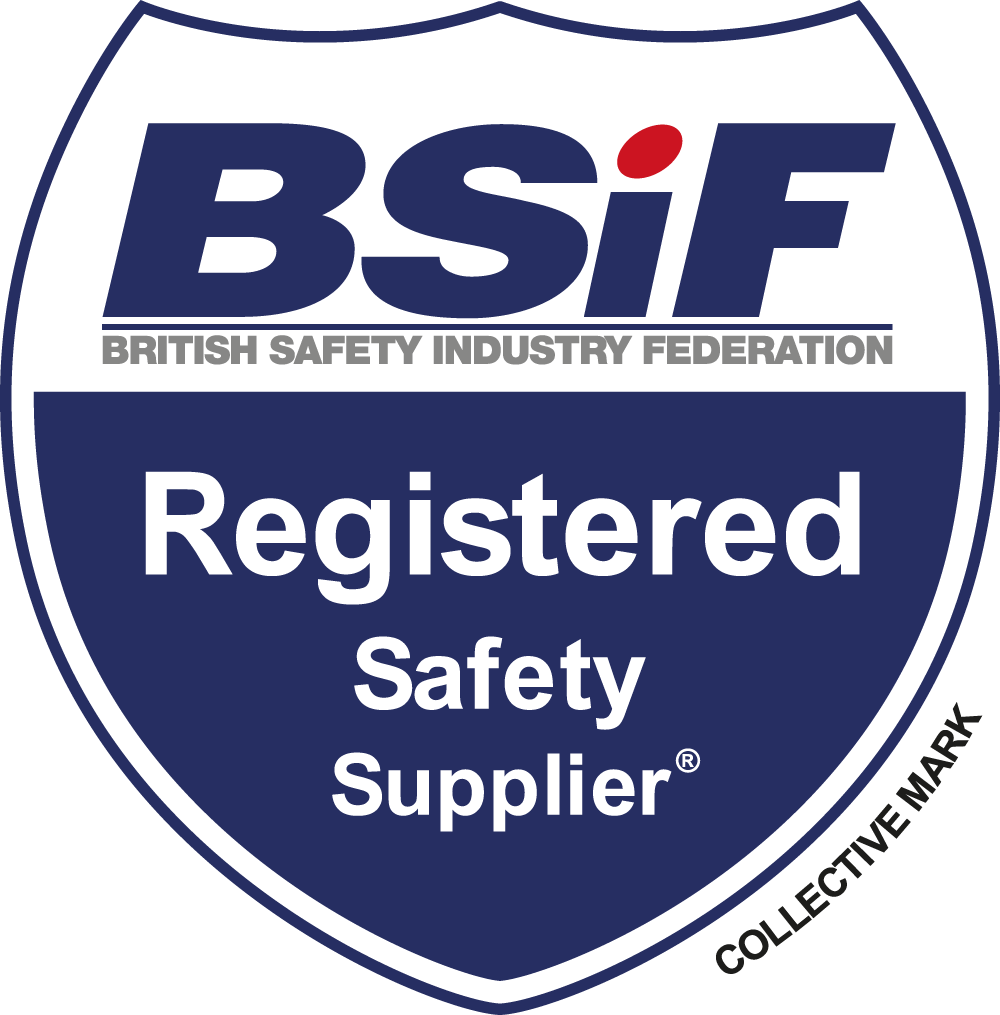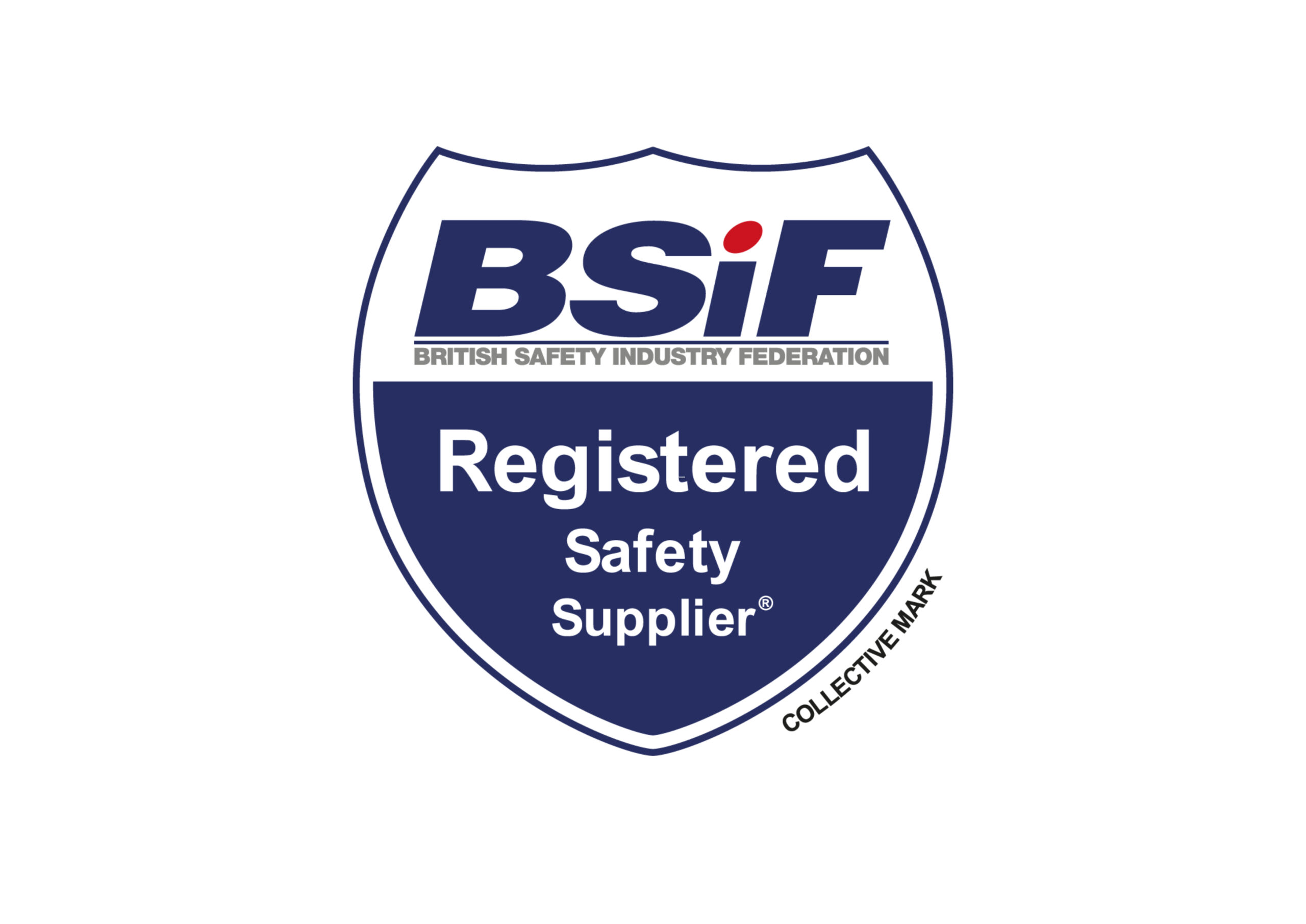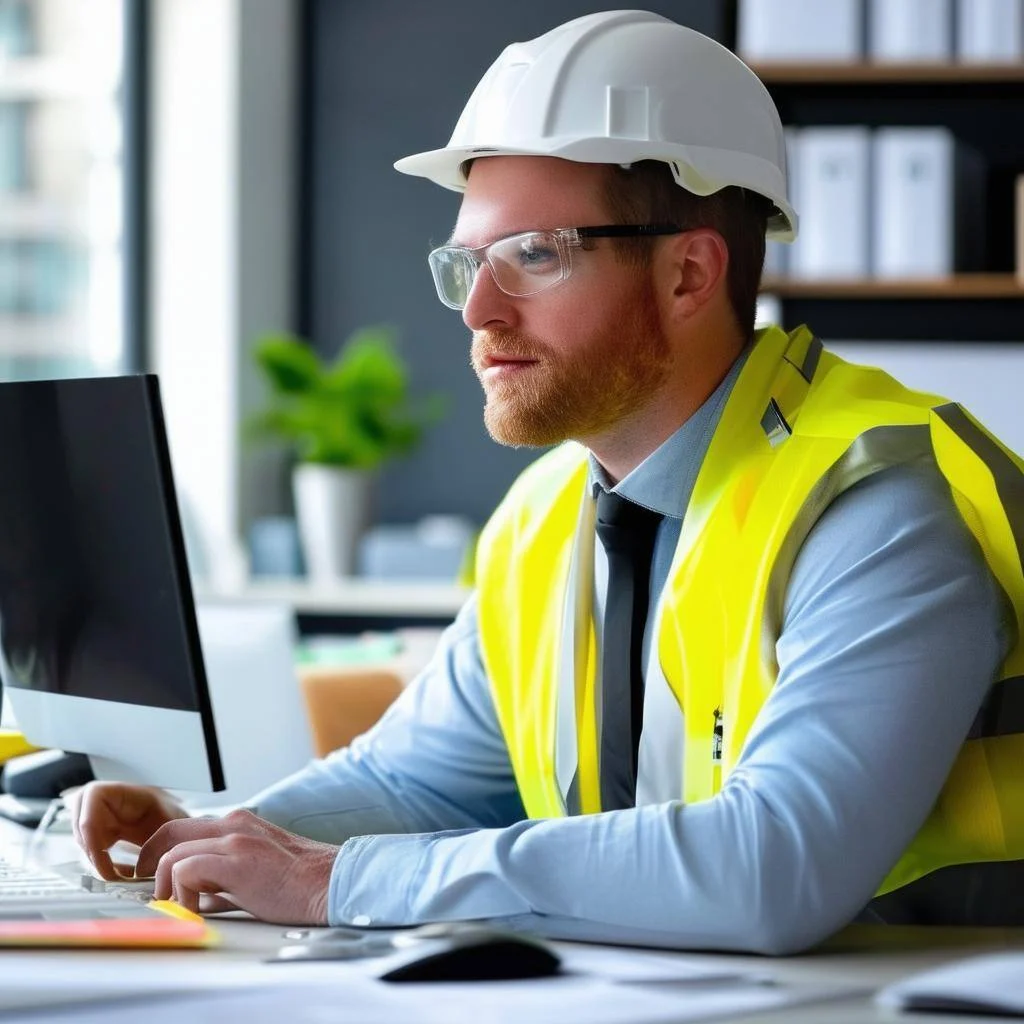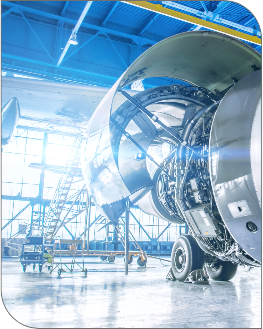We’ve heard it thousands of times: it is better to prevent than cure. On the face of it, this simple logic is hard to argue against, but it ignores a fundamental point. Humans do make mistakes. We have accidents. We juggle competing demands and in the face of changing situations, we don’t always make the best decisions. Sometimes it is too late to ‘prevent’ and our only remaining option is to minimise the damage. If that’s the case, should we be castigated for not having eliminated every trace of risk?
I think not, and I say that as MD of a business which actively seeks to help manufacturers minimise the potential health, safety and environmental risks from spilled or stored materials. The word ‘minimise’ is important because the plain truth is that to eliminate every single trace of risk would be crippling. It would restrict operations to such a degree that they would no longer be viable. Production and progress would be near impossible.
I’m not saying this to be gung-ho, and I’m certainly not advocating a return to the bad old days when health, safety and the environment were the last things to be considered by industrialists. What I am doing is making the point that − while prevention will always be preferable − because we’re humans, living and working in the real world, things will occasionally go wrong. And when they do, we need to take a professional approach to putting things right. We must deliver an appropriate and effective cure.
I’m convinced that most manufacturers do want to act responsibly, but we must be pragmatic about how we facilitate this. Going back to the prevention and cure analogy, we must ensure that the cure isn’t more damaging than the disease itself. We need to recognise the reality of competitive global marketplaces, cash flows and the bottom line. Spill control, storage and waste management solutions must be practical, effective and also affordable.
This is the realistic approach and its effectiveness is demonstrated time and again by the organisations we deal with. The capital costs of altering infrastructure to cope with a very slight risk can be enormous and difficult to justify. But the ongoing costs of being prepared to deal with an incident − should it occur − are far more easily absorbed.
With a modest investment in training, some well-stocked spill kits and appropriate storage, a business can meet all its obligations. It can be fully compliant with workplace and environmental legislation, with fully managed and auditable procedures. What’s more, as a true specialist in this area, we know we can deliver all this while saving our clients time, hassle and money.
Yes, it’s curing something that could potentially have been prevented, but it’s an effective and easily administered cure that protects people, the environment and reputations while maintaining business viability. I think that’s the kind of compromise we can all be happy with.








